detail profile martha graham
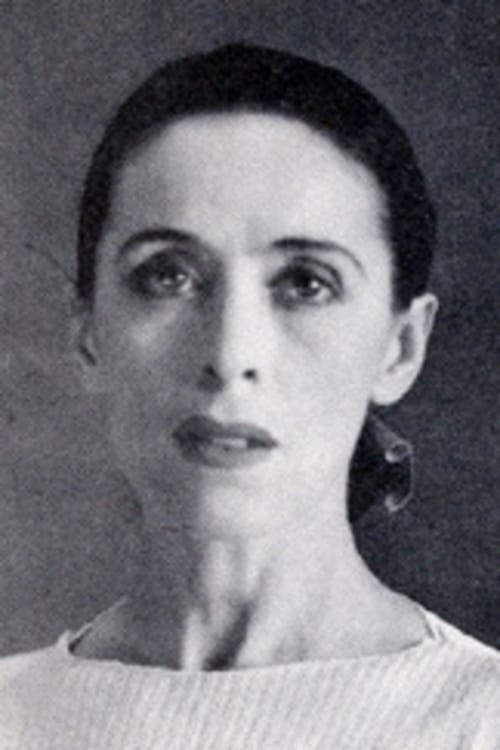
Riwayat Hidup
Martha Graham was an American modern dancer and choreographer.
Her style, the Graham technique, reshaped American dance and is still taught worldwide.
Info Pribadi
Peran Yang Di Mainkan Martha Graham
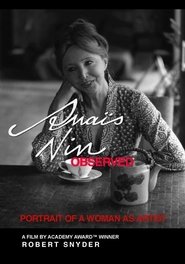 In this documentary Anais Nin is...
In this documentary Anais Nin is...Anaïs Nin Observed 1974
In this documentary Anais Nin is shown at work, at home, and talking with and about her influences: D.H. Lawrence, Otto Rank, Henry Miller, Lawrence Durrell, Martha Graham, Noguchi, Kenneth Anger, Maya Daren, Edmund Wilson, Lou Andreas-Salome and others.
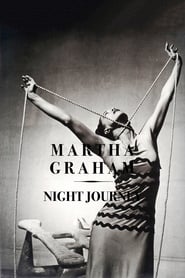 Night Journey the dance had its...
Night Journey the dance had its...Night Journey 1960
Night Journey, the dance, had its premiere only two and a half years after Appalachian Spring, and it is a close cousin. It too has a stream-of-consciousness narration: Jocasta, as she is about to kill herself, remembering what has happened to her. It too contains soul-delving solos, broken up by ensemble dances. Here, however, the ensemble is a darker element. As the story was taken from Greek tragedy, so the corps is the equivalent of Greek tragedy’s chorus. They tell us how to feel: afraid mostly. In this piece Graham pushed her habitual economy to its limits.
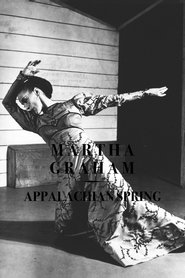 A filmed version of Aaron Coplands...
A filmed version of Aaron Coplands...Appalachian Spring 1958
A filmed version of Aaron Copland's most famous ballet, with its original star, who also choreographed.
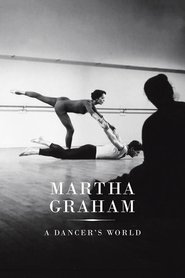 A glimpse into the world and...
A glimpse into the world and...A Dancer's World 1957
A glimpse into the world and methodology of dancer Martha Graham.
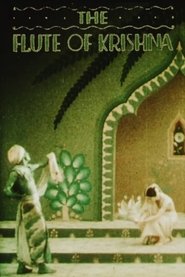 Produced by the Eastman Kodak Company...
Produced by the Eastman Kodak Company...The Flute of Krishna 1926
Produced by the Eastman Kodak Company and shot in a then-experimental process, two-color Kodachrome, Martha Graham's dance "The Flute of Krishna" is performed by students from the Eastman School of Music. It's likely (but unconfirmed) that the film was directed by an uncredited Rouben Mamoulian.

